Velvet is our upholstery fabric of choice – take this masterclass in how to use it
Designers of velvet furniture and fabrics, British fabric brand Linwood share their design expertise
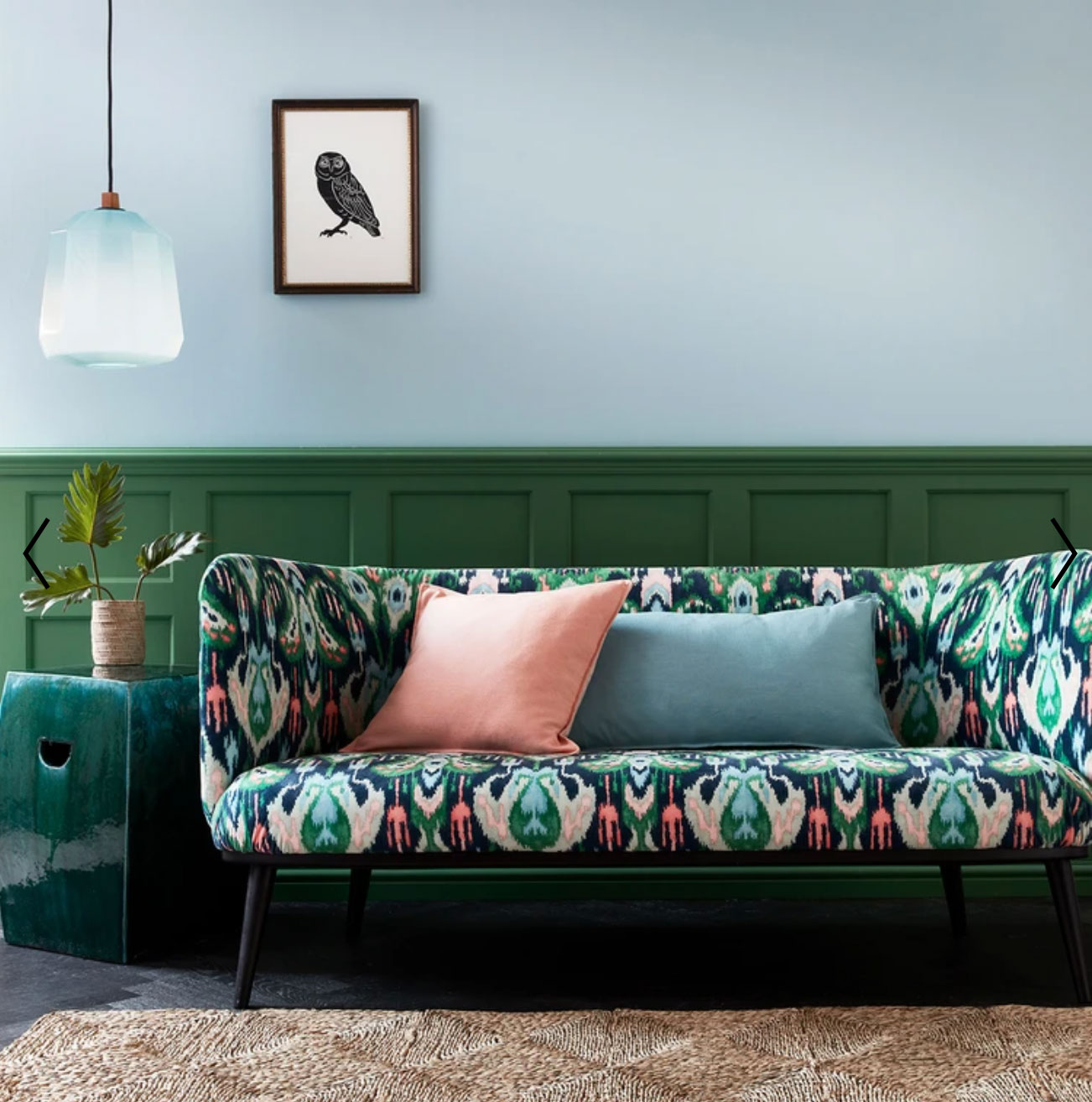

As designers of distinctive velvet collections for more than 25 years, we were delighted to be asked by H&G to create this essential guide to using velvet.
Few fabrics are so revered that they’ve found their own place in the English language. Yet describe someone’s skin as ‘velvety’ and immediately a luxurious, sensuous softness springs to mind, so evocative are its qualities. As a result, there is a depth and richness that only velvet can bring, keeping it safe from the vagaries of fashion and ensuring its role as a staple of elegant interior design.
See: 5 key textile trends for Spring/Summer 2021 – from world-class textile designers
Is velvet furniture in style?
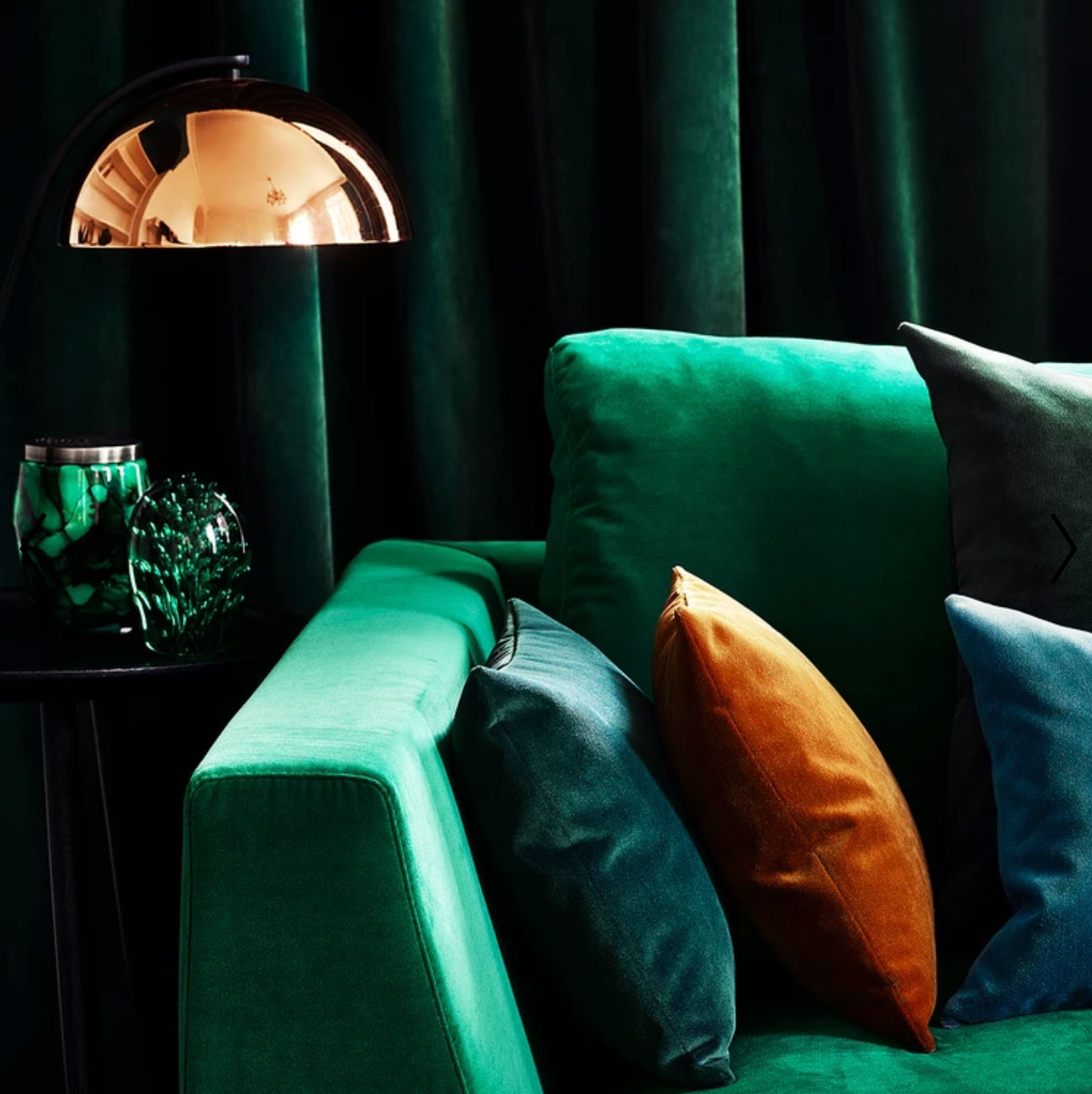
Velvet furniture never goes out of style.
Other sofas can be beautiful, eye catching and refined, but only a simple plain velvet sofa has that particular design swagger; a sense of luxury and indulgence that makes it seem the most important piece in a room. Maybe it’s because velvet has thousands of years of history or simply the sheer sensory plushness the unique pile delivers, but for all the velvet trends that come and go a velvet sofa is a lifetime investment that will outlast them all.
Tip: Pairing a plain velvet sofa with a statement chair can deliver an instant design win.
Is velvet good for upholstery?

Velvet is perfect for upholstery. It can be manufactured in various ways. The first velvets were made from natural fiber, such as linen, mohair, cotton and silk. With the advent of synthetics such as polyester, nylon and viscose, most modern velvets tend to be a blend of both.
Sign up to the Homes & Gardens newsletter
Design expertise in your inbox – from inspiring decorating ideas and beautiful celebrity homes to practical gardening advice and shopping round-ups.
These combinations offer superior softness, sheen and durability making them ideal for busy family homes. As an upholstery fabric, velvet offers a huge design punch. Yet for all its personality, it can be incredibly adaptable – acting as daring or demure as you are.

Velvet is exceptional in its presence and effect in a larger scheme. A scattering of velvet cushions on a linen sofa adds instant depth, contrasting to the muted surface of other fabrics. Play around with design ideas – patterned velvet looks stunning with acid bright piping or choose a plain with a clashing back. Whichever combination you choose, we guarantee that velvet cushions offer a truly tactile experience.
- See: Take note – velvet furniture is the latest trend Hollywood homes are embracing
Is velvet good for dining chairs?
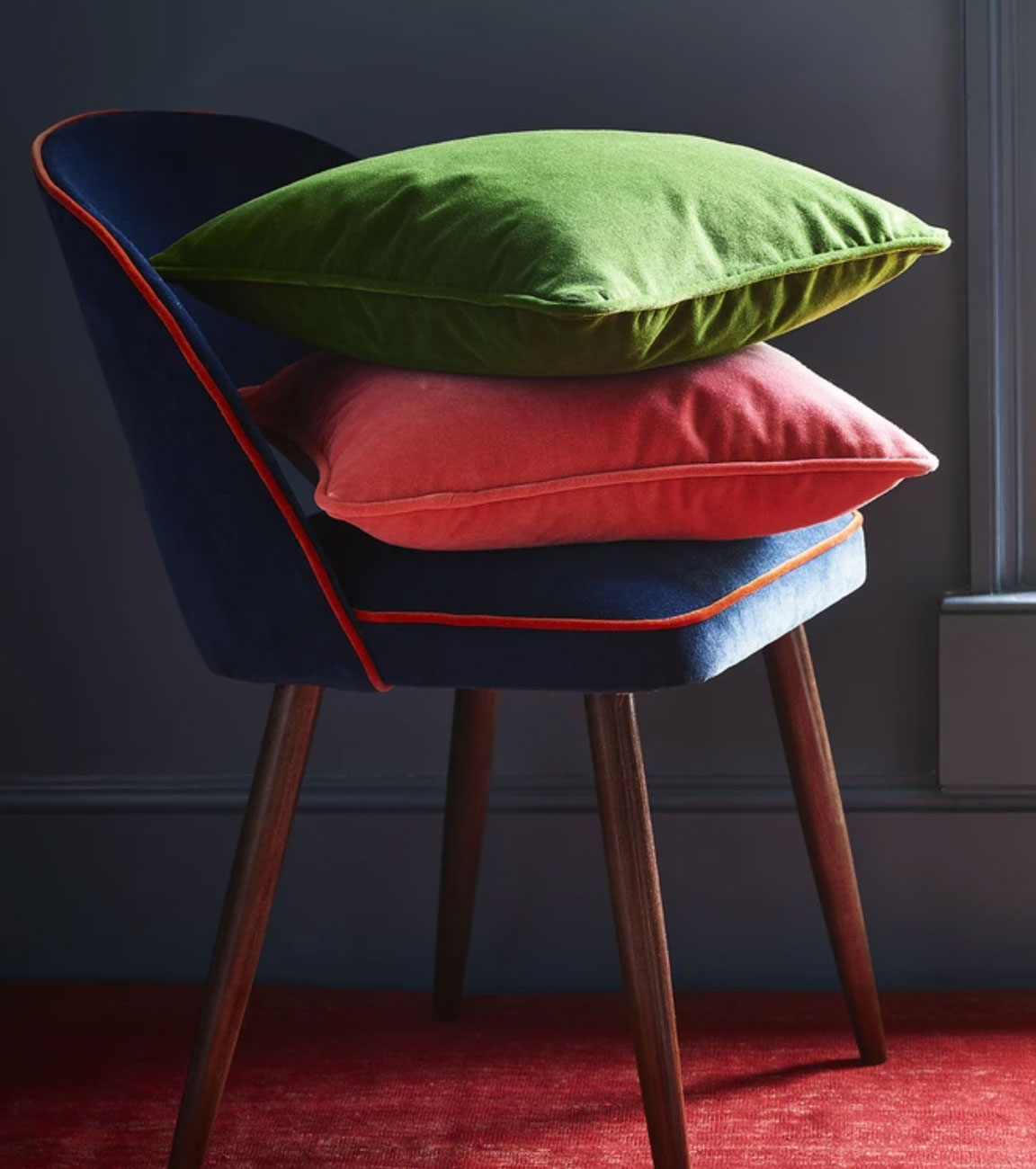
Once unthinkable, the chicest dining chairs are now wearing velvet, as hardwearing blends mean velvet is usable in every scenario. For a kitchen banquette, that goes from day to night, use plain velvet in a rich tone with a scattering of mismatched cushions. Comfort, fun and practicality combined.
Tip: Make sure the velvet you pick is stain resistant, so light spillages can usually be removed with a soft cloth.
How do you decorate with velvet?
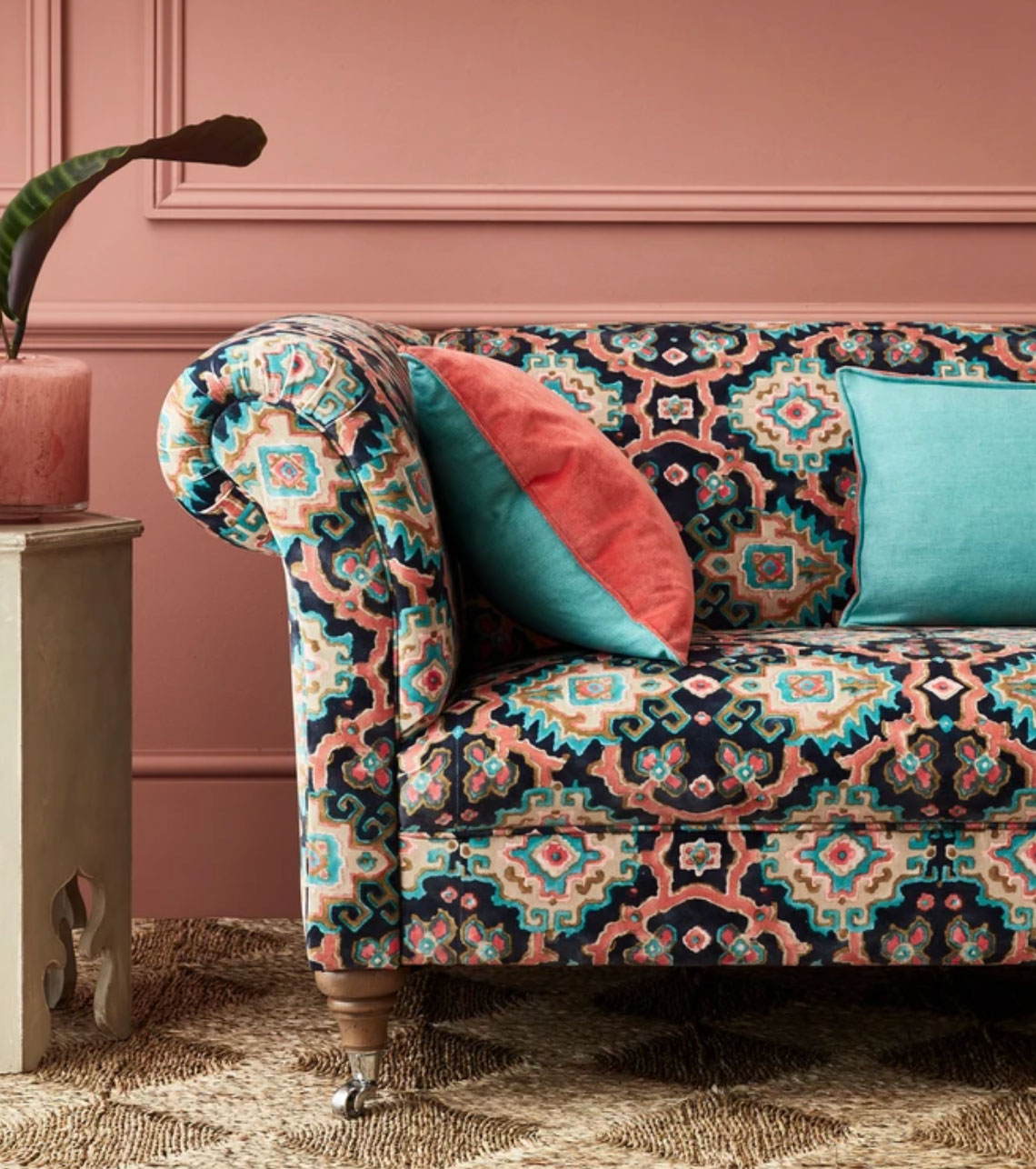
Breathing new life to a classic is an ideal way to hit two decorating trends at once – sustainability and sensuality. Consider a modernist gold velvet sofa, giving sleek lines a luxe edge, or a velvet chesterfield sofa with a bold printed design. The best style use of a reinvented vintage velvet sofa is to enhance the beauty of both the velvet and the era of the furniture, achieved by creating a juxtaposition of their inherent qualities.
Consider which fabrics will flatter the shape best or history of the piece. Whichever style you choose, rest assured that velvet has the ability to make pattern and colour sing like no other material.
Tip: A two-seater velvet sofa is a great opportunity to go wild. The scale of these pieces lends itself to a dramatic approach, as they aren’t so big that they will overwhelm a room but they are large enough to make a visual impact.
Are velvet drapes in style?
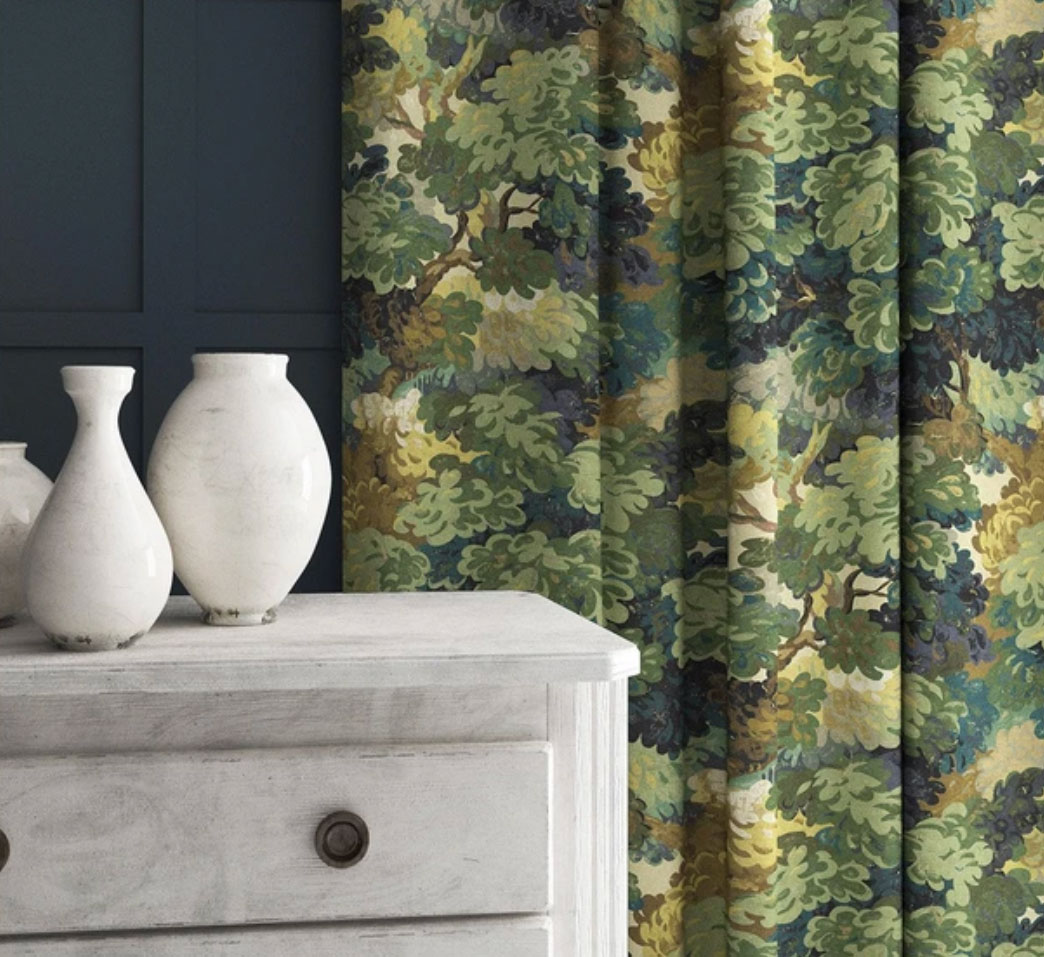
Printed velvet curtains are in style, and a wonderful way to add instant pattern. There are an array of designs available, from pretty florals and classic toiles to vibrant tropical designs full of colour and the promise of far off lands. For an interesting look, mix velvets with natural linens and cottons; a clever trick is to frame your chosen print by adding a band of plain fabric.
Velvet is a heavy fabric, so it keeps out the cold which is useful for old windows and it blocks out light, providing extra privacy and the perfect environment to sleep. So, not only is velvet beautiful it’s practical as well.
Tip: Don’t buy too much fabric for your curtains… they should simply merge into the overall room, creating a feeling of being hardly there but also adding a gentle softness that’s hard to define but just makes the room feel more inviting.
Are velvet sofas hard to keep clean?
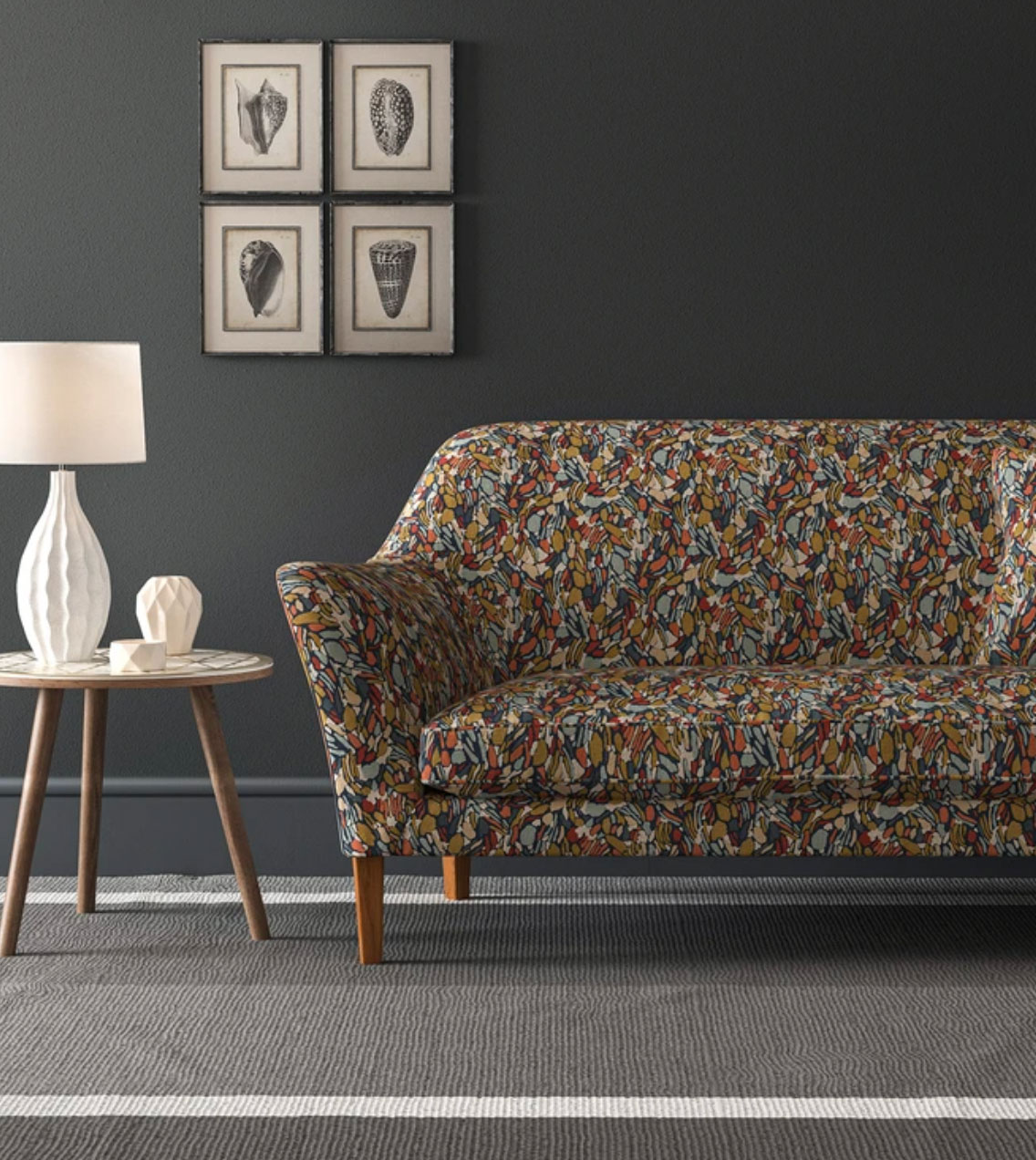
Velvet sofas are easy to keep clean. As far as spills are concerned, velvet treated with stain repellents are cleaned by simple blotting. Choosing velvet upholstery with w maximalist pattern will also extend its life.
More, more and then add a little more; the effect of adding pattern on pattern is strangely restful. A great way to add some audacious pattern is with slightly indulgent pieces of furniture such as ottomans and footstools. For extra impact, try a small repeat printed velvet upholstery fabric on a low vintage nursing chair or even a lampshade. This isn’t for the design faint-hearted, but a huge design win for the brave.
Are velvet headboards a good idea?
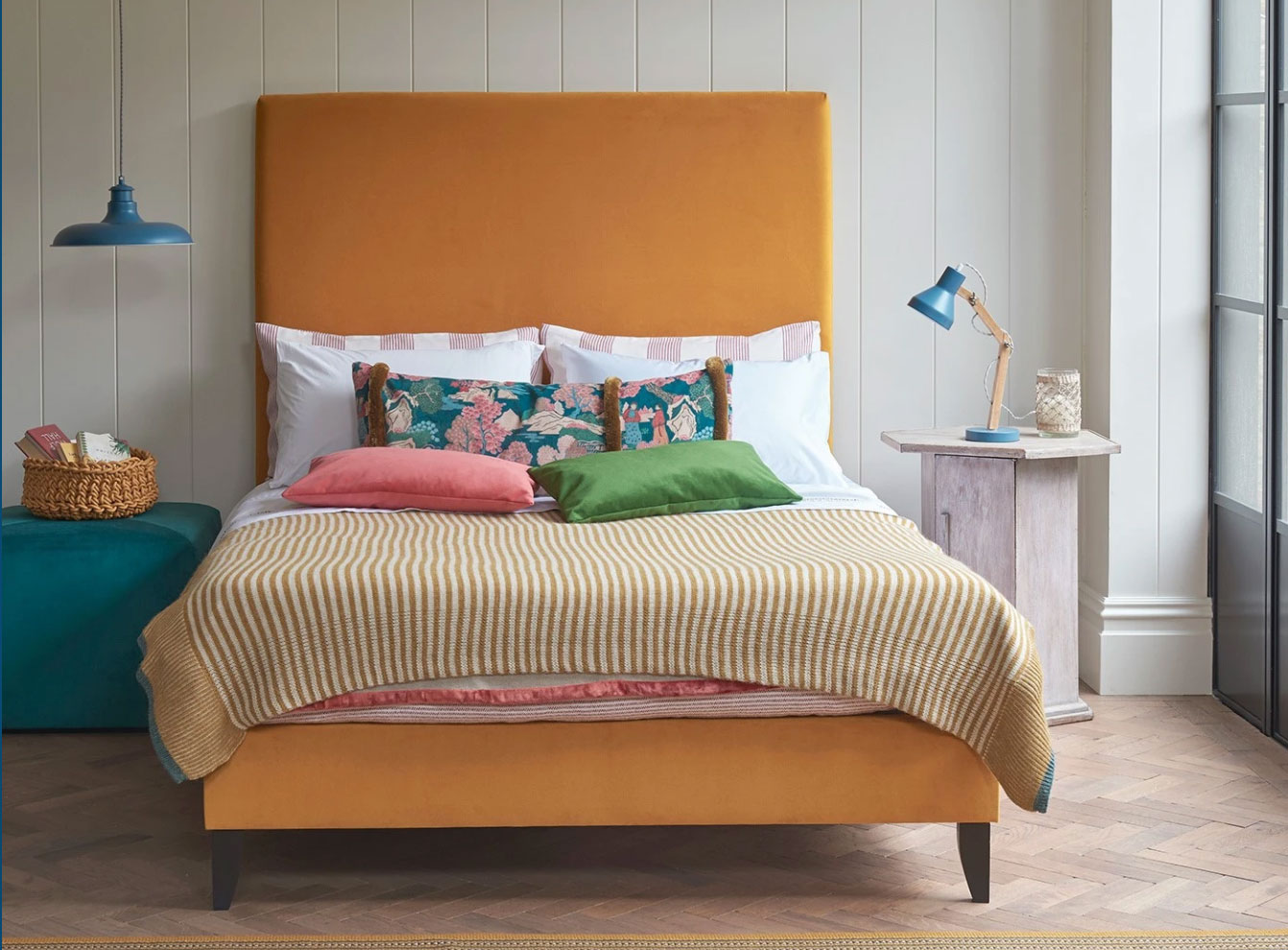
A simple velvet headboard or antique buttoned bedhead in a fresh new color or pattern can add a low-key luxurious dimension. A velvet headboard adds an especially cocooning feel to a scheme as it’s likely to come in contact with the skin and add to the overall sense of indulgence. For the ultimate boudoir consider a valance piped with velvet, a velvet quilt or even, if you love a little drama, velvet bed curtains.
Tip: Make sure the velvet you choose has a high rub count – basically, a measure of how durable the fabric is – it should be at least 20,000 for busy homes.

Lucy Searle has written about interiors, property and gardens since 1990, working her way around the interiors departments of women's magazines before switching to interiors-only titles in the mid-nineties. She was Associate Editor on Ideal Home, and Launch Editor of 4Homes magazine, before moving into digital in 2007, launching Channel 4's flagship website, Channel4.com/4homes. In 2018, Lucy took on the role of Global Editor in Chief for Realhomes.com, taking the site from a small magazine add-on to a global success. She was asked to repeat that success at Homes & Gardens, where she has also taken on the editorship of the magazine.
-
 7 of the best tomatoes for growing in pots - expert growers pick their top varieties ideal for large harvests from containers
7 of the best tomatoes for growing in pots - expert growers pick their top varieties ideal for large harvests from containersYou can enjoy bumper homegrown harvests in small spaces
By Drew Swainston Published
-
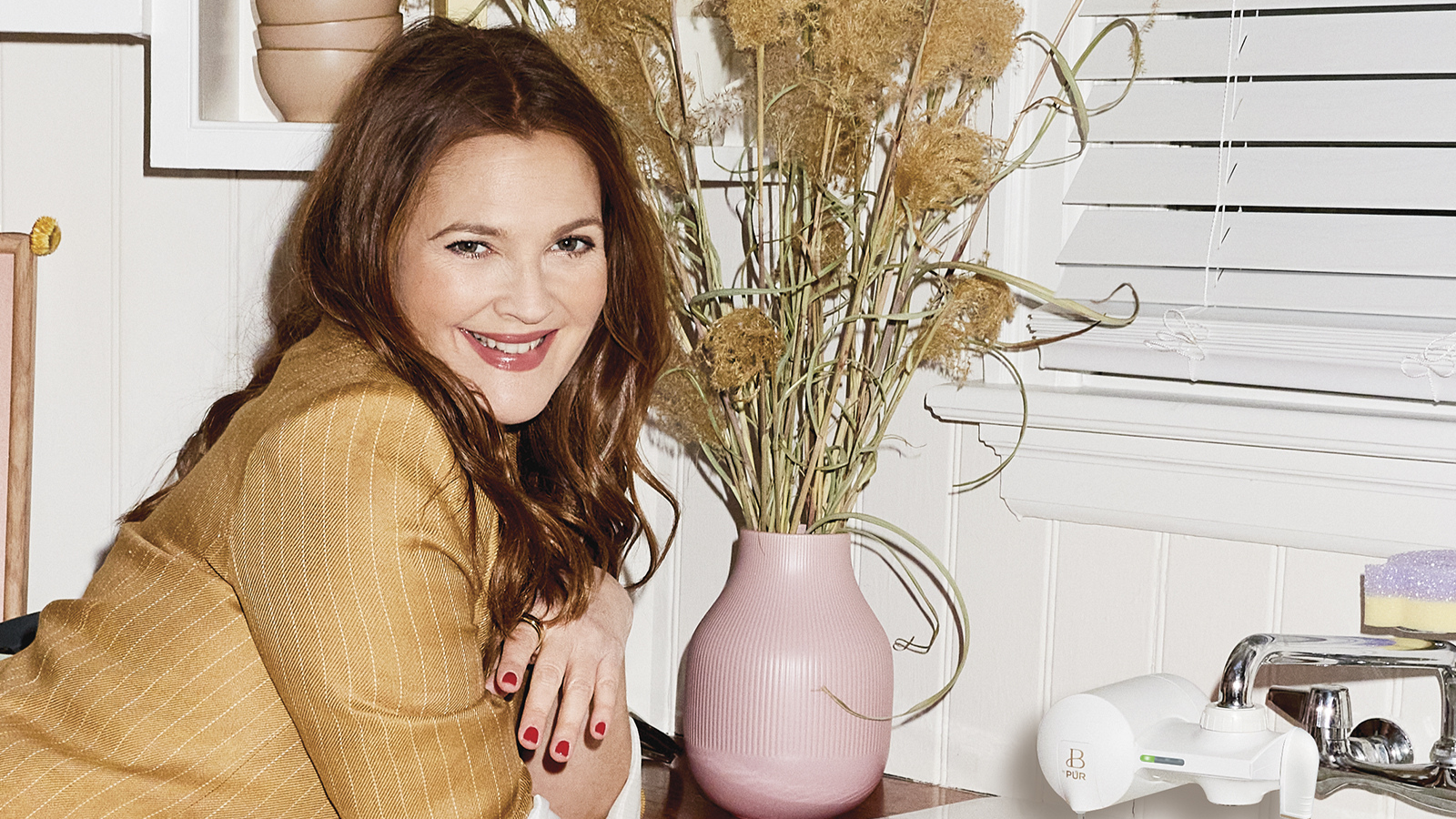 Drew Barrymore creates a 'balanced' kitchen in 4 easy steps – her rules will make your small, compact countertops feel beautiful
Drew Barrymore creates a 'balanced' kitchen in 4 easy steps – her rules will make your small, compact countertops feel beautifulDrew proves that with the right styling (and chic appliances), you can make even the smallest of kitchens look harmonious
By Hannah Ziegler Published